- About us
- Support the Gallery
- Venue hire
- Publications
- Research library
- Organisation chart
- Employment
- Contact us
- Make a booking
- Onsite programs
- Online programs
- School visit information
- Learning resources
- Little Darlings
- Professional learning
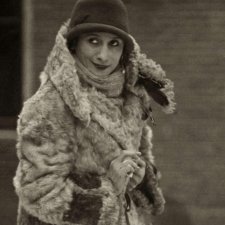
It is a painful truth, but one which must be faced up to, that the pavlova, that iconic Australian dessert, a staple since the 1930s, was actually invented in New Zealand.
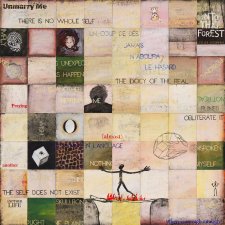
Commissioned with funds provided by Tim Bednall, Jillian Broadbent AO, John Kaldor AO and Naomi Milgrom AO 2018
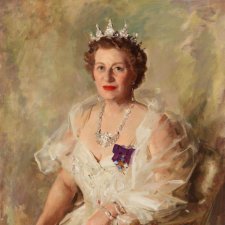
Angus Trumble treats the gallery’s collection with a dab hand.
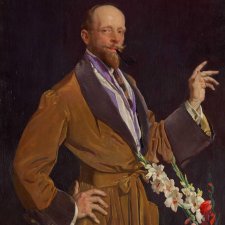
Former NPG Director, Andrew Sayers describes the 1922 Self-portrait with Gladioli by George Lambert.
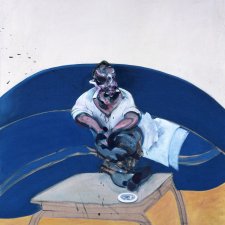
Michael Desmond explores the portraiture of Francis Bacon and Lucian Freud.
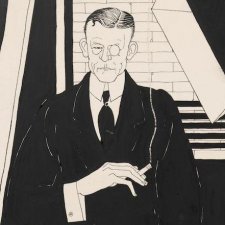
Charles Haddon Chambers the Australian-born playboy playwright settled permanently in London in 1880 but never lost his Australian stance when satirising the English.
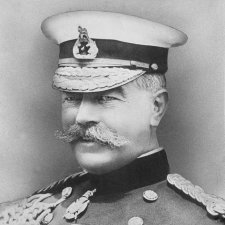
Sarah Engledow bristles at the biographers’ neglect of Kitchener’s antipodean intervention.

Frank Hurley's celebrated images document the heroism and minutiae of Australian exploration in Antarctica.
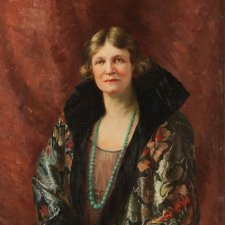
Penelope Grist explores the United Nations stories in the Gallery’s collection.
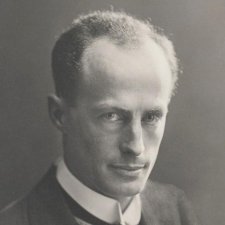
Joanna Gilmour brings a mindful Douglas Mawson’s perspective to bear on the concept of isolation.
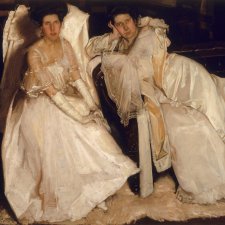
Sarah Engledow is seduced by the portraits and the connections between the artists and their subjects in the exhibition Impressions: Painting light and life.
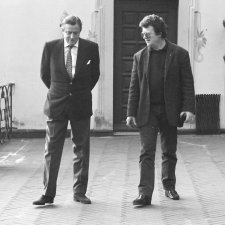
Books seldom make me angry but this one did. At first, I was powerfully struck by the uncanny parallels that existed between the Mellons of Pittsburgh and the Thyssens of the Ruhr through the same period, essentially the last quarter of the nineteenth century.
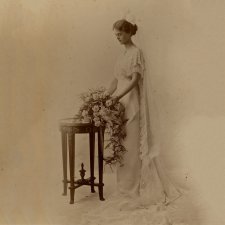
Where do we draw a line between the personal and the historical? Although she died in Melbourne in 1975, when I was not quite eleven years old, I have the vividest memories of my maternal grandmother Helen Borthwick.

Curator, Penny Grist, reveals how this exhibition came to be
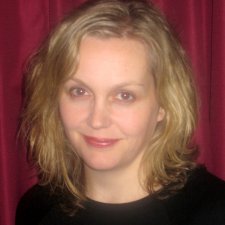
Lesley Harding, Curator, Heide Museum of Modern Art, Melbourne explores Albert Tucker’s experience of World War II, his interests in the intersection between psychology and creativity, and their influence on his portrait making.